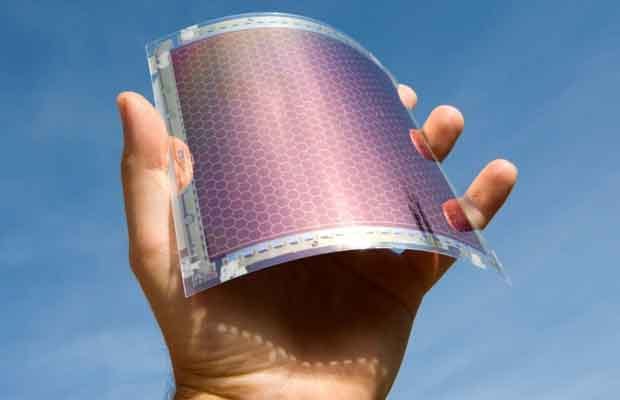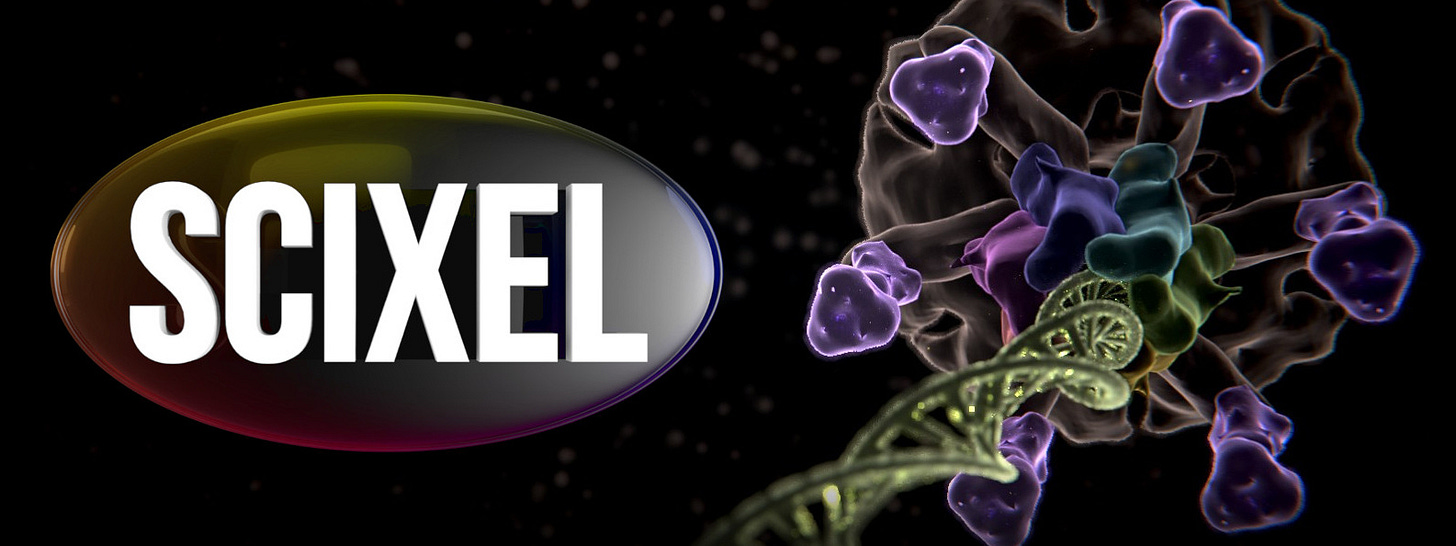In view of the success obtained in the previous newsletter (4 times more readers) in dealing with graphene and solar panels, I present in this second part more information on the subject. I hope the reader will enjoy it.
The basic principle of a graphene-based solar cell is essentially not that different from current inorganic/silicon solar cells being produced today, with the exception that some of the materials currently in use are replaced with graphene derivatives. As with any device or material, there are parameters that can be improved to increase operational efficiency. Graphene excels in tune-ability and adaptability. For graphene-based solar cells, the two standout parameters that can potentially change the nature of the device are the number of graphene layers in the device (or in the individual components within a device) and the effects of doping a graphene-based material.
Effects of Graphene Layers in Solar Cells
Image: Schematic diagram of the solar cell structure in this work: graphene or ITO/PEDOT:PSS ( or other equivalent layer ) /CuPc/ C 60 /BCP/Ag (or Mg/Ag).
The relationship between optical transparency, sheet resistance, and the number of layers can be characterized by a proportional decrease in both the optical transparency and the sheet resistance, with an increasing number of graphene layers. A single layer of graphene shows an optical transparency of 97.7%. A 3-layered graphene stack exhibits around 90.8% optical transparency and the addition of each layer corresponds to a 2.3% decrease in optical transparency. A single sheet of graphene produces a sheet resistance of 2.1 kΩsq-1 and 350 Ωsq-1, while retaining 90% optical transparency. The quenching effect of multiple graphene layers can be up to 11% greater than monolayer graphene, due to a higher hole accepting density.
Effects of Doped Graphene in Solar Cells
The doping of heteroatoms onto a sheet of graphene can significantly alter the chemical, physical, electronic and photonic properties of the sheet and is a common approach in many solar cells. There are two main types of doping- p-type and n-type. P-type doping utilizes trivalent atoms, such as boron, which extracts an electron off the graphene sheet and creates a hole, a process known as hole doping, where the hole is created in the valence band of the graphene sheet. Whereas, n-type doping involves pentavalent atoms, such as phosphorous, and is an electron donating doping approach that facilitates a free electron from the pentavalent atom onto the graphene sheet. The free electron in this instance is facilitated in the conductance band of the graphene sheet.
Imagen Courtesy: Figure 1: (a) Graphene/ n-Si (b) TFSA doped graphene/ n-Si Schottky solar cell geometry (c) Optical image of a completed TFSA doped graphene/n-Si solar cell showing contacts and contact leads. Arthur Hebard (University of Florida, USA)
Doping a graphene sheet can occur through various methods, including through solid, liquid and gaseous phase chemical doping, ball milling, thermal annealing, in-situ doping during chemical vapor deposition (CVD) methods and plasma treatment, to name a few. The effect of doping varies depending on both the type of graphene derivative used and the doping process. Regardless of which of these parameters (or both) are utilized in the doping process, the general result is improved efficiency of the solar cell.
Graphene/Quantum Dot (QD) Solar Cells
Graphene quantum dots are small flakes of graphene that are useful because of their interaction with light. One of these interactions is optical downconversion, which is a process that transforms light of high energies into lower energy (for example, from the ultraviolet to the visible). Silicon absorbs light very efficiently in the visible part of the spectrum, and therefore appears black. However, the absorption strength of silicon for ultraviolet light is much smaller, meaning that less of this light is absorbed, reducing the efficiency of solar cells in that part of the spectrum. One way around t this problem is the downconversion of ultraviolet light to energies where silicon is a more efficient absorber.
Both graphene and carbon nanotubes have been hybridized with quantum dots to make functioning solar cells. Of the two carbon allotropes, graphene hybridized quantum dots have shown the most potential. Produced by electrophoretic and chemical bath deposition on ITO, a layered structure of both graphene layers and CdS quantum dots can be produced. The optimal layering structure consist of eight repeating graphene-CdS bilayers. This graphene-CdS configuration can produce and efficiency of up to 16%, which out performs carbon nanotubes-CdS by 7%, and 11% for other carbon allotropes. This is attributed to graphene producing a better scaffold to incorporate the quantum dots, the layered structure provides a fast electron transfer from the QD to the graphene while suppressing the recombination of charges.
Don't hesitate to subscribe if you haven't already done so.
Regards and take care.
Born in 2012, Scixel is a project devoted to the improvement of the scientific comunication through the creation of graphical products: pictures, animations, graphs, posters, etc. Scixel consists of scientists with a deep knowledge in digital graphics but also with a long experience in giving talks, preparing posters and papers and other daily situations of scientific work.
We have focused our work into universities and research institutes all over the world: TuDelft (The Netherlands), NIMS (Japan), Basel University (Switzerland), Universidad Autónoma de Madrid, CNB or ICFO (Spain), to name a few.
Web: https://scixel.es/
If you are a company or an individual who would like to place your advertising in my newsletter you can contact me (email) and let me know your request of type of ad and number of newsletters you would like to place it. I will send you a budget as soon as possible.









